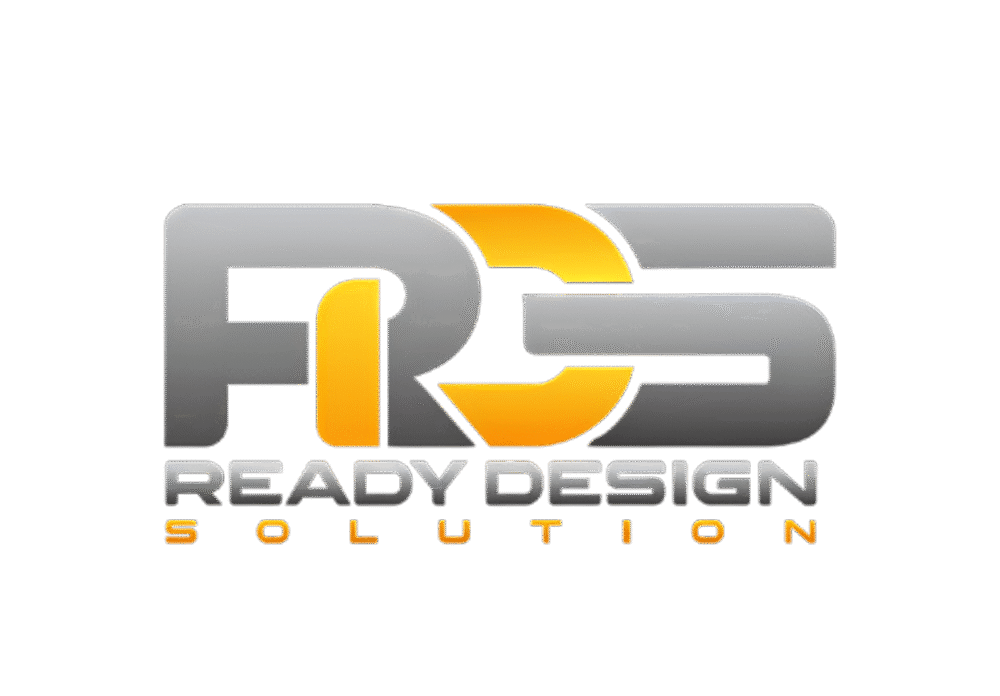
Websites or rigid content strategies. The brands leading the digital race embrace modular web design and content engineering — approaches that make their marketing flexible, scalable, and ready for any channel or device. In this blog, let’s break down what modular design and content engineering mean, how they work together, and why they’re essential for modern digital marketing.
What Is Modular Web Design? Modular web design breaks your website into reusable components or blocks — think of them like digital building bricks. These components (headers, product cards, CTAs, testimonials, etc.) can be arranged and rearranged without needing to rebuild the site.
Instead of designing full pages one at a time, you create systems of flexible modules that work across your entire website (and beyond).
What Is Content Engineering? Content engineering focuses on consistently and smartly structuring and tagging your Content to be delivered anywhere — website, app, email, social media, and voice assistants. It combines:
Headless CMS / API-first platforms
Structured content models (e.g., JSON, GraphQL)
Metadata and tagging for personalization + omnichannel use. In short, Content that’s created once and used everywhere.
Why Marketers Love Modular + Engineered Content in 2025, here’s how these approaches power scalable, more innovative marketing:
Faster Time to Market
Need a landing page for a new campaign? Just assemble pre-built modules — no coding required.
Want to localize Content for different regions? Swap out the language or offer in the content layer — no design changes are needed.
Omnichannel Ready
Your Content (thanks to brilliant structuring) flows to websites, mobile apps, email campaigns, social media, and ads — without duplication or manual reformatting.
AI + Automation Friendly
Modular design + engineered Content make it easy for AI tools to personalize content blocks per user profile, Test and optimize individual modules (e.g., different CTAs or banners), and Auto-generate variations for A/B or multivariate testing.
Easier Scaling Across Markets and Products
Adding a new product line? Launching in a new country? Modular and engineered setups make scaling smooth—you reuse components and structured Content instead of starting over.
How to Build a Smart, Modular Marketing Ecosystem
Choose the right tech: Go for headless CMS (e.g., Contentful, Strapi, Storyblok) and design systems that support component-based workflows (e.g., Figma libraries + code frameworks like React).
Define a content model: Plan out fields, tags, and structures for every content type—blogs, products, reviews, CTAs, banners, etc. Train your team: Marketers, designers, and developers should work from the same playbook, using components and structured Content for consistency. Test and refine: Use AI heatmaps, multivariate tests, and analytics to see which modules perform best and then improve them.
The Future of Modular + Engineered Content By the end of 2025 and beyond, we’ll see:
AI-powered assembly of web pages + campaigns on demand
Deeper integration with personalization engines for 1:1 marketing
Component libraries shared across brands + partners for collaboration at scale
Final Thoughts: Static websites and rigid content strategies are out. The future belongs to brands that build with modularity and innovative structure, empowering faster launches, deeper personalization, and truly scalable marketing. If you want to future-proof your digital presence, consider modular web design.
